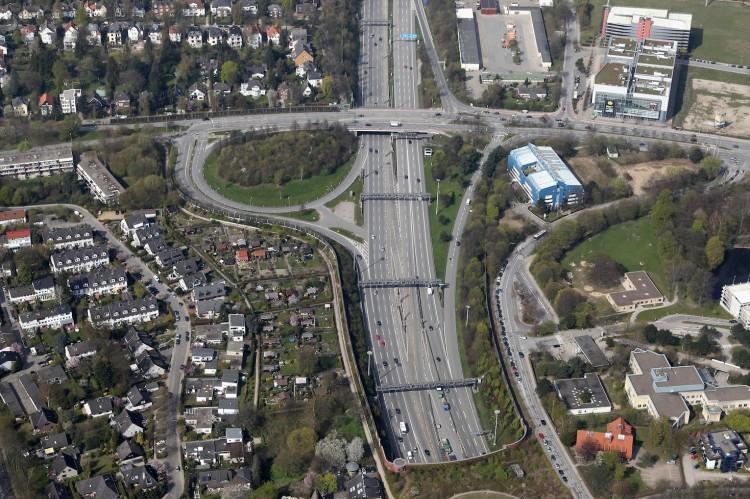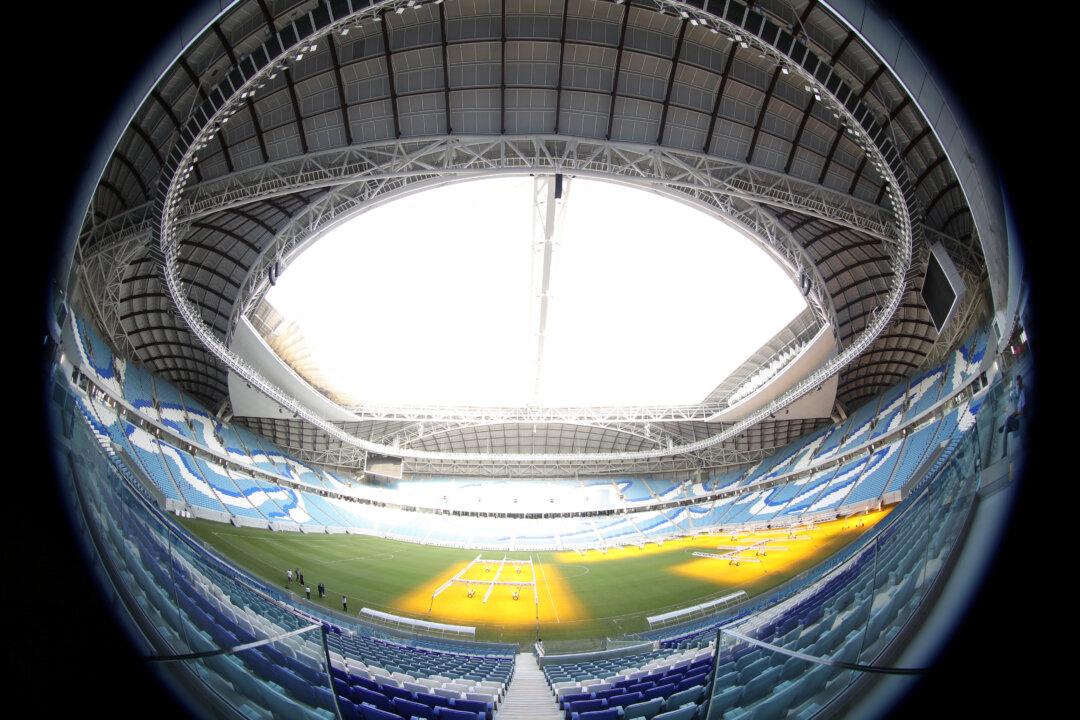In a massive effort to reduce traffic noise and create more green urban space, the northern German city of Hamburg plans to cover several miles of a major highway with green canopies.
The canopies will cover several sections of German’s Autobahn 7, which is Europe’s longest national highway and a major trade route, connecting Scandinavian countries with Austria and southern Europe.
For many of Hamburg’s 1.8 million residents, the noise from the busy highway has pushed the limits of their tolerance. Inner-city traffic currently exceeds 150,000 vehicles a day, generating a lot of air and noise pollution. Planning officials expect traffic levels to increase still further and say they see no alternative but to expand the autobahn to eight lanes.
Strict German law requires that highway expansion of this extent in the middle of residential areas make provisions for adequate noise protection. However, for three city districts cleaved by the autobahn, measures such as noise barriers and specialized road surfaces will not sufficiently reduce traffic noise. Hamburg, which holds the title “European Green Capital 2011” and is home to 1,500 parks, saw this as an opportunity to implement a decades-old ecological vision.
Sections of Autobahn 7 totaling over 2.17 miles will be completely covered by green canopies. Coined as the “Hamburger Deckel” (Hamburg lid), these massive green roofs will provide space for open lawns, bicycle paths, woodlands, and garden allotments. These urban parks are meant to contribute to residents’ well-being by providing new green space for recreation, farmers’ markets, and festival space. Except for garden sheds, no physical structures will be built on the canopies.
The canopies will reunite parts of the city that the autobahn has separated for four decades. The southern canopy, spanning 1.2 miles, will create an extended stretch of green space between the Elbe River and a major park in city center. The city also hopes to create more than 2,000 new apartments on land that is expected to become much more attractive due to the reduced noise level and additional green space.
The federal government will pay for most of the construction, which is scheduled to begin next year. Since the first canopy will not be completed until 2016, prolonged traffic disruption on the highway is expected. Though Hamburg’s green canopies are not the first ones covering German traffic ways, they will be the largest in the country.






